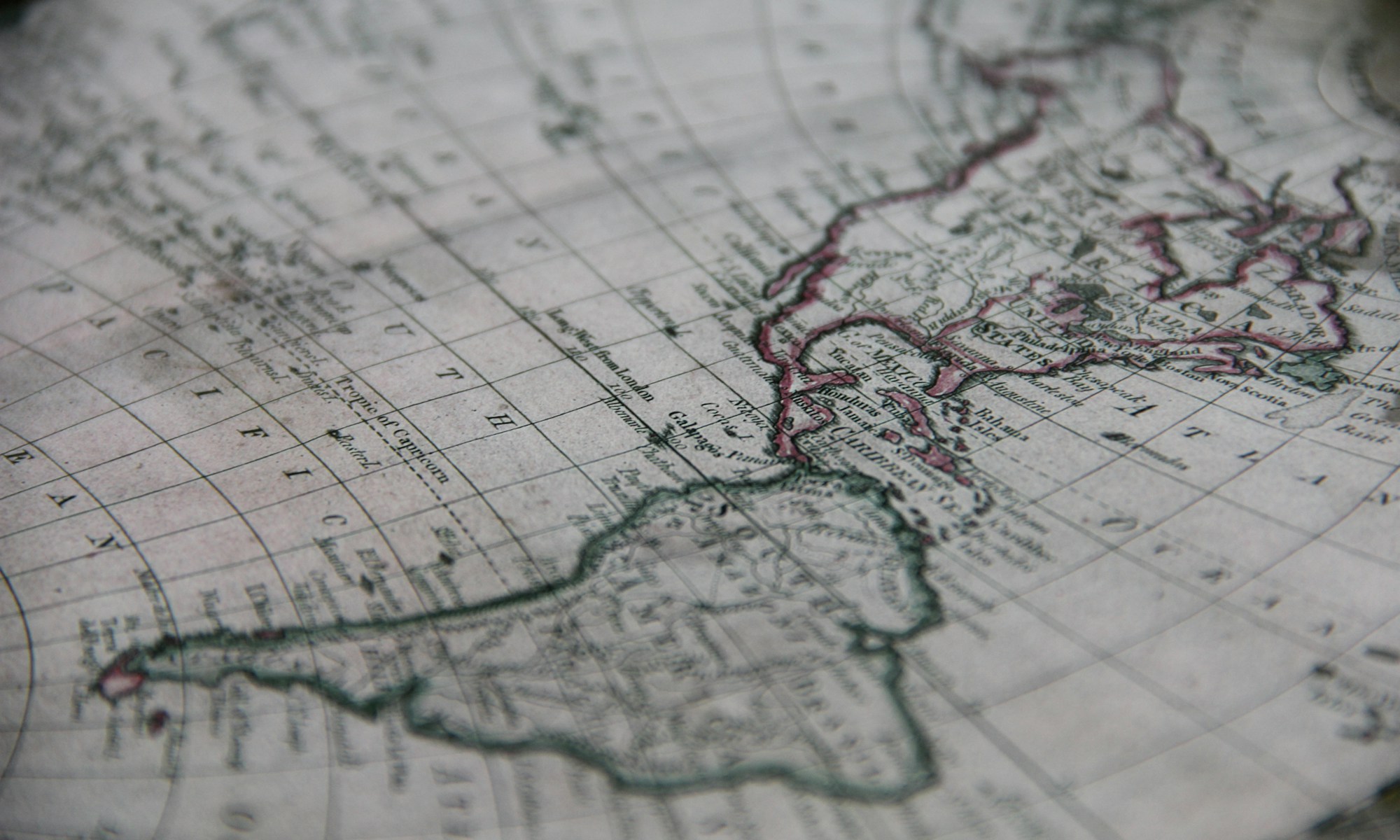22 November 2021 – by Deniz Saygi
Climate change impacts every area involved with human interaction, and these suffering areas could force people to migrate in distress. Regarding these unfortunate events, the governments are expected to declare an emergence of hotspots where livelihoods are threatened by climate change as early as 2030. These hotspots will continue to intensify and expand – if governments will not take action to reduce climate emissions.
Today, climate change is emerging as a dominant cause of internal migration throughout Latin American countries. According to the Groundswell Report, internal climate migrants could number over 17 million, representing up to 2.6 per cent of the region of South America’s total population.
In the recent past, floods and landslides displaced 295,000 people in Brazil, while Hurricane Dorian caused 465,000 new displacements in seven countries in the Caribbean. Also, concerning the decrease in the production of crops and food shortages, Guatemalan people were forced to migrate after droughts and floods.
Currently, this internal migration process is gradually evolving amongst Latin American countries since the region is vulnerable to the effects of climate change. By 2030, Latin Americans could lose their jobs (2.5 million jobs, in particular) because of the increasing heatwaves. Moreover, it is estimated that the damages caused by climate change and global warming will cost the countries in the region US$ 100 billion per annum by 2050. Therefore, internal migration amongst the regions is inevitable.
To incorporate the internal migration component into their climate change strategies and regulations, some Latin American countries are making progress: For example, Peru’s Framework Law on Climate Change calls for addressing forced migration as a result of negative climate impacts. Additionally, Honduras’s National Strategy for Climate Change proposes to establish both legal and institutional frameworks for the adaptation strategies with regard to the migrations due to climate change.
Needless to say, the governments must promote adaptation measures to reduce vulnerability and prevent internal migration for the effects of climate change in the regions where the local people and small scale industries suffer most. Also, a more inclusive focus on adaptation and resilience strategies is needed to support vulnerable communities at risk of migration between Latin American countries.




